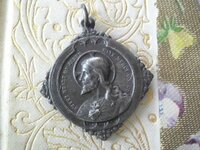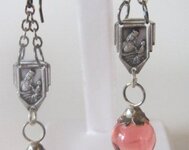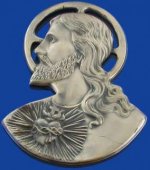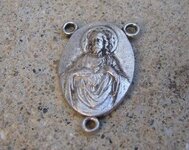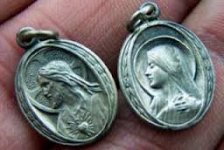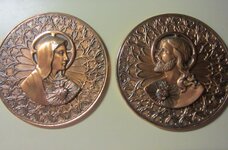RELICDUDE07
Bronze Member
 Found a artifact & trying to look into could it have been 1 from the De luna visit to the Florida area in 1559.Also if anyone has any info on was it more like a salvage attempt for the 1554 wrecks?? I know the ships had 1 salvage a year or so later ..But any info on if they came back a few years later to collect the 57,000 pounds of silver & some gold still on the 1554 Texas wreck sites
Found a artifact & trying to look into could it have been 1 from the De luna visit to the Florida area in 1559.Also if anyone has any info on was it more like a salvage attempt for the 1554 wrecks?? I know the ships had 1 salvage a year or so later ..But any info on if they came back a few years later to collect the 57,000 pounds of silver & some gold still on the 1554 Texas wreck sites ??The main reason i ask is some of the 1554 splash ingots have turned up in the area,indian salvage or did deluna have any success
??The main reason i ask is some of the 1554 splash ingots have turned up in the area,indian salvage or did deluna have any success

 View attachment 794968View attachment 794968
View attachment 794968View attachment 794968
Last edited:



